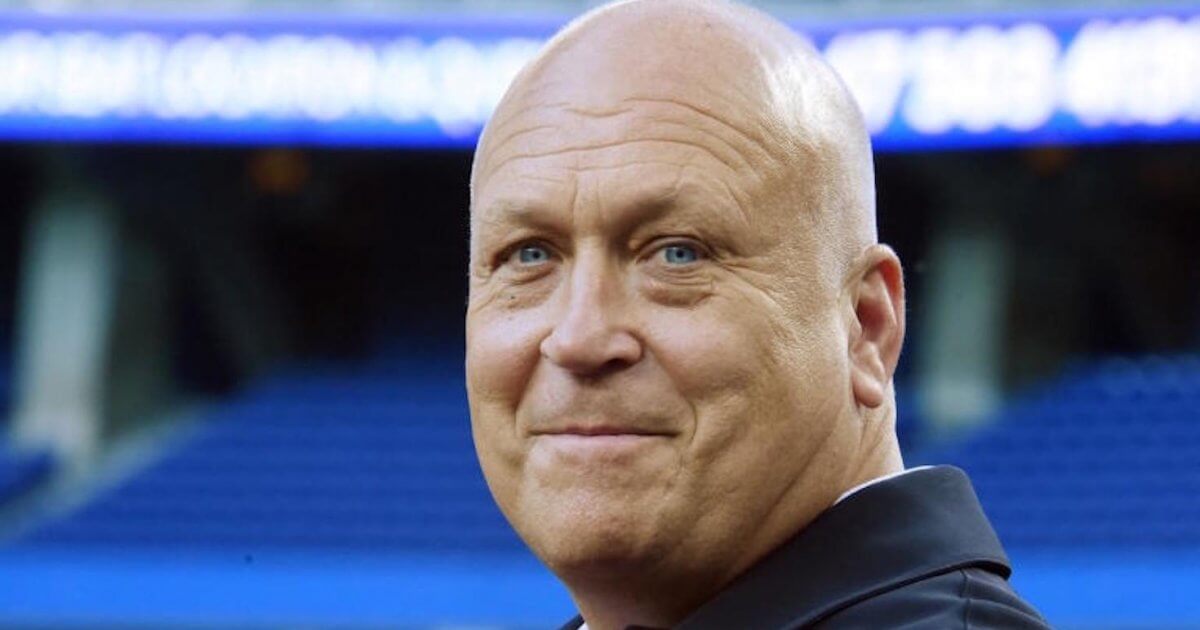Cal Sends Good Wishes to Trey
- Baseball star Cal Ripken Jr., 60, had surgery for prostate cancer last year, and in an exclusive statement to SurvivorNet, he praises MLB’s Trey Mancini for raising awareness around colon cancer.
- Treatments for prostate cancer include radiation, surgery, hormone therapy and chemotherapy.
- Mancini was diagnosed with stage 3 colon cancer last year following a routine physical exam.
Cal’s Prostate Cancer Fight
Ripken Jr. spoke publicly about his cancer battle last year, after having surgery to treat his disease. Prostate cancer treatment options include radiation, surgery, hormone therapy and chemotherapy. Ripken Jr. has admirably used his diagnosis to raise awareness around prostate cancer and educate others about this disease. In an interview with ESPN, he says, “The reason I'm letting it slip out now is I want to use the opportunity to help other people who struggle with that decision and encourage other people to go get their regular exams, get their tests." Prostate cancer is screened for via PSA (prostate specific antigen) tests. Related: The PSA Blood Test and a Rectal Exam are Vital for Prostate Cancer ScreeningIn an earlier interview, Cedars-Sinai urologist Dr. Stephen Freedland explains what happens during prostate cancer surgery. He says, “A lot of times, people are like, look, I just want the tumor out. Just cut it out, and I want to be done. I said, great, surgery’s a good choice for you. It’s typically done through a robotic technique today, at least in the United States.”
“But a lot of patients are still getting open surgery,” says Dr. Freedland. “Depending on the surgeon, it may be two, three, four, five hours– somewhere in that range, usually spend one night in the hospital. You wake up from the surgery with a catheter in your bladder. Once you’re home, it’s really just recovering, gaining your strength back. The catheter comes out about 10 days after surgery.”
An Overview of Prostate Cancer Surgery
Trey’s Colon Cancer Battle
Trey Mancini, 29, had to have a physical exam for his 2020 spring training season with the Baltimore Orioles. While the spring training was suspended due to the COVID-19 pandemic, the physical exam was life-saving. Mancini told TODAY show host Craig Melvin in March 2021, "We did a blood draw, and the CBC (complete blood count) showed that my hemoglobin and hematocrit were really low. They scheduled a colonoscopy and endoscopy for me, and the doctor found a tumor in my colon."
A colonoscopy is the primary screening method for colon cancer, and it’s vital that all adults undergo this screening on a regular basis after the age of 45. For people who have a family history of colon cancer, however, you should begin screening earlier.
View this post on Instagram
In an earlier interview, colorectal surgeon Dr. Zuri Murrell describes what doctors are looking for during a colonoscopy. He says, “People often ask me, what do you do when you have a colonoscopy? What’s done? Do you do biopsies? So a colonoscopy can be done for many things. But when we’re looking at a colonoscopy for colorectal cancer screening, what we do is we’re looking for polyps, which are these small growths.”
“When we see a polyp, we actually physically take the polyp out through the colonoscope,” says Dr. Murrell. “What does that mean? That means we basically put a wire through with a little bit of a little flange at the end and we pull the polyp out. Now, note there is no pain with that. Inside the colon, there are no pain fibers. So there’s no pain. What happens is then when we take the polyp out, we send that to a lab. In about five to 10 business days, we get the results back. 95% of polyps are precancerous polyps.”
Looking for Polyps During Colonoscopy
Learn more about SurvivorNet's rigorous medical review process.


